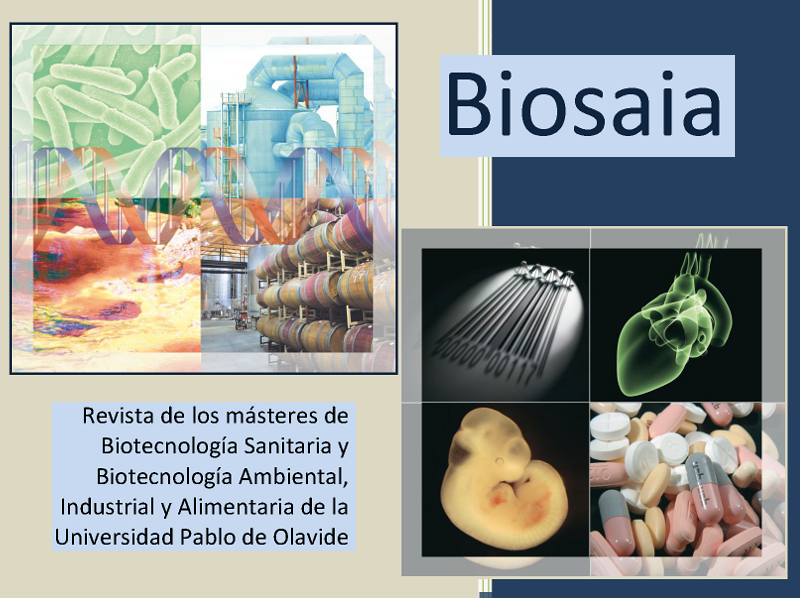Prenatal Stroke: Detection and Neuroprotection
Palabras clave:
Hypoxia-ischemic; Neuroprotection; Olive leaf extract; Pediatric stroke.Resumen
Neonatal stroke is the most common cause of death and disability in newborns and is often associated with persistent motor, sensory and cognitive impairments. Recently, great efforts have been made towards neuroprotection with bioactive compounds and because of to the promising results found in adult stroke patients; we consider evaluating it in the pediatric population. In this line of research, our group has developed a neonatal hypoxic-ischemic (HI) mouse model in which the supplementation of pregnant females with olive leaf extract (OLE) is being tested as a neuroprotection tool against the potencial ischemic damage. Through studies of histology, immunohistochemistry and behavior test, we are evaluating the degree of damage between the control group and the one subjected to HI in the presence and absence of supplementation with OLE. On the other hand, the discovery of biomarkers is key for the early diagnosis of neonatal stroke, which would favor the immediate application of neuroprotective therapy with the aim of minimizing the possible sequelae. Based on this, the second part of the project is the collection and analysis of plasma and dried blood samples (as a minimally invasive sample) from each of the different groups under study. Neonatal stroke is a disease with a high emotional burden for patients as well as their families, aside from severe repercussions that have a significant impact on the quality of life of both patients and their families. The design of a neuroprotective strategy and an early diagnosis protocol for perinatal stroke will represent a great advance in the prevention of brain damage and help to increase the life expectancy and the standard of living of this population.Descargas
Los datos de descargas todavía no están disponibles.
Citas
Ayuso, M. I. and Montaner, J. (2015). Advanced neuroprotection for brain ischemia: an alternative approach to minimize stroke damage. Expert Opin Insvetig Drugs. 24(9), 1137-1142.
Bernson-Leung, M. E. and Rivkind, M. J. (2016). Stroke in neonates and children. Pediatrics in Review 40(5).
Rabiei, Z., Bigdeli, M. R., Rasoulian, B., Ghassempour, A., & Mirzajani, F. (2012). The neuroprotection effect of pretreatment with olive leaf extract on brain lipidomics in rat stroke model. Phytomedicine : international journal of phytotherapy and phytopharmacology, 19(10), 940–946.
Descargas
Publicado
2021-03-18
Cómo citar
(1)
Tovar Luzón, J.; Fernández Santos, B. M.; Reyes Corral, M.; Montaner Villalonga, J.; Ybot González, P. Prenatal Stroke: Detection and Neuroprotection. Bs 2021.
Número
Sección
Pósteres
Licencia

Esta obra está bajo una licencia internacional Creative Commons Atribución-NoComercial-CompartirIgual 4.0.





